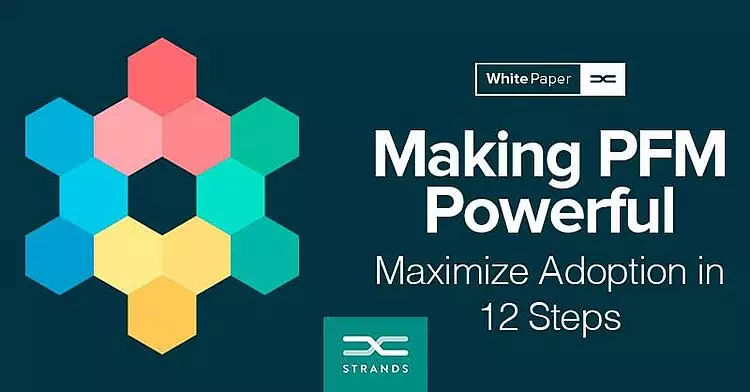“How you spend your money is how you vote on what exists in the world”
― Vicki Robin
Nearly every book, every blog, every advisor that sets out to help you manage your finances better will start the same way: First, know where your money is going. If knowledge is power, then today’s automated personal finance management (PFM) tools are the engines that deliver it.
What was once a tedious task beyond the patience of all but the most dedicated self-improvers is now only a click away for customers having PFM integrated into their online banking. Through interactive pie charts and innovative visualizations, users can see if their spending on restaurants, entertainment, housing and the rest are as aligned with their life goals and priorities as they wish.
Hence, it is primarily through the categorization process that PFM gives users actionable insight into their finances. Categorization allows users to take control by leveraging PFM features such as budget creation, goal-setting and employing what-if scenarios to see the effects of today’s decisions on their future financial health.
Strands automatic categorization relies on a set of rules. For each financial transaction, we look for an applicable rule that says something on the order of “transactions like this should get that category”. Of course that begs the question, what does it mean for a transaction to be “like this”?
Financial transactions accessed by a PFM solution carry along quite a bit of data. As bank customers ourselves, we know there is always the transaction amount and some narrative text describing the transaction. But there is generally much more than that. This additonal data is what forms the basis for creating the rules. Thus, an initial task before creating a rule set is to identify the available data that may be useful for categorization. Once identified, one can create rules combining one or more of their possible values.
Having created a set of rules, categorization is performed by taking each transaction in turn and finding a rule with matching values and assigning that rule’s category to the transaction. But what if there is more than one matching rule and they don’t agree on the category to assign? Here we add an extra level of intelligence for choosing the “best” rule to use in a given situation.
As with any endeavor, we need a way to measure our progress, to be sure we are staying on track and, perhaps most importantly, a way to leverage data as it accumulates in order to continuously improve the system over time.
The two key metrics to look at with respect to categorization are:
- coverage: which is the percentage of all transactions assigned a category after applying the rules, and
- accuracy: the percentage of categorized transactions that are correctly categorized.
A reporting system can help make sure categorization is performing as expected. Reports indicating converage are produced for the most recently loaded transactions over recent time periods such as the latest week, month, and quarter. If coverage is declining, one needs to look for newly popular spending habits and the corresponding data that are not yet considered by the rules.
Finally, as the PFM system allows users to manually set and change categories for their transactions, reports based on community and individual user behavior allow categorization managers to leverage the collective knowledge of PFM users to maintain and enhance the rule set over time.
Want to learn more about the fascinating world of intelligent categorization? Check out our white paper here.




